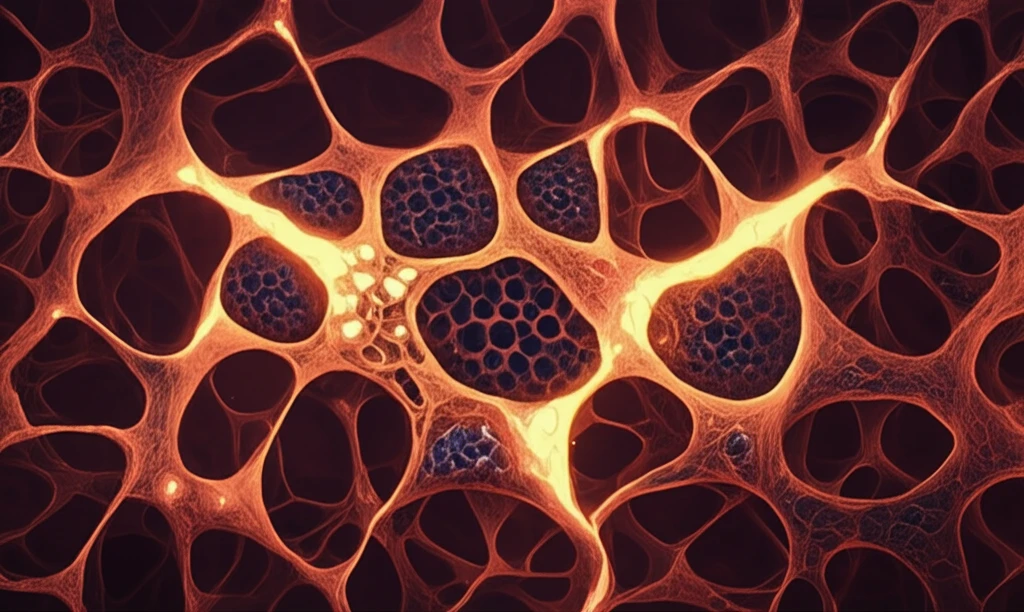
Cracking the Code of KID Syndrome: How Mutant Proteins Cause Skin and Hearing Problems
"New research sheds light on the role of connexin26 mutations in Keratitis-Ichthyosis-Deafness syndrome, paving the way for potential therapies."
Keratitis-Ichthyosis-Deafness (KID) syndrome is a rare genetic disorder characterized by a triad of symptoms: erythrokeratoderma (a skin disorder), vascularizing keratitis (eye inflammation), and sensorineural hearing loss. Although rare, KID syndrome presents significant challenges, with patients often experiencing severe skin involvement and increased susceptibility to infections.
A key factor in KID syndrome is germline missense mutations in the GJB2 gene, which encodes the connexin (Cx) 26 protein. Connexins are crucial for intercellular communication, forming channels that allow cells to exchange signals and molecules. When Cx26 is mutated, these channels can malfunction, leading to a cascade of problems.
Recent research has focused on understanding how these mutant Cx26 proteins disrupt normal cellular function, particularly in the skin. By studying the effects of different Cx26 mutations, scientists are piecing together the puzzle of KID syndrome and exploring potential therapeutic interventions.
How Do Mutant Connexin26 Proteins Cause Cellular Dysfunction?

The study focuses on three specific mouse Cx26 mutants (Cx26-G12R, -G45E, and -D50N) that correspond to KID syndrome-causing mutations in humans. Researchers investigated how these mutations affect hemichannel activity, cell death, and the expression of immune response genes. Hemichannels are formed by connexins and allow cells to communicate with their environment.
- Cx26-G12R and Cx26-G45E: These mutations led to cell death under normal calcium conditions. However, when extracellular calcium levels were increased, the hemichannels closed, preventing cell death.
- Cx26-D50N: This mutation resulted in abnormally high hemichannel activity. However, this could be reversed using hemichannel blockers.
Hope for Future Treatments
These findings suggest that targeting abnormal hemichannel activity could be a viable therapeutic strategy for KID syndrome. Furthermore, the study revealed that the Cx26-D50N mutation down-regulates the expression of key immune response genes in keratinocytes, which may explain the increased susceptibility to infections seen in KID syndrome patients. This study paves the way for more targeted and effective therapies to improve the quality of life for individuals affected by KID syndrome.
